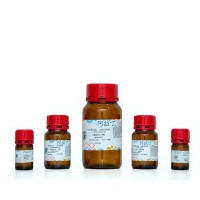Analysis of Cell Movements in Zebrafish Embryos: Morphometrics and Measuring Movement of Labeled Cell Populations In Vivo
互联网
535
Cell movements occur in all phases of animal life from embryogenesis, to maintaining adult organs, to comprising a critical component of pathology. During gastrulation, cells demonstrate a repertoire of morphogenetic movements coordinated with fate inductions to sculpt the embryonic body. The morphogenetic behaviors, underlying mechanisms, and their control, are the subject of much current study. External development of the transparent zebrafish embryo, the abundance of mutations influencing cell movements, as well as a range of observation and manipulation methods, make the zebrafish valuable for cell movement studies. This chapter offers a conceptual background for analysis of gastrulation cell movements by reviewing how region specific cell movements shape the wild-type zebrafish embryo, and how defective morphogenetic movements alone or in combination with altered cell fate specification distort the body plans of known zebrafish mutants. We furnish methods for the morphometric analysis of embryonic shape and organ rudiments in live and fixed embryos, and present data collected from live wild-type, dorsoventral patterning (somitabun and chordino ) and convergence and extension (knypek and trilobite ) classes of mutants. We provide a method for quantitative assessment of the movements of cell populations in vivo, and a method for determining whether cell fate and/or movement are disturbed.









